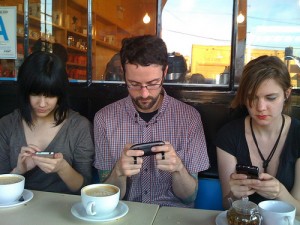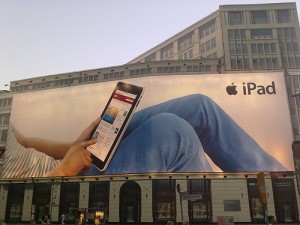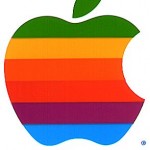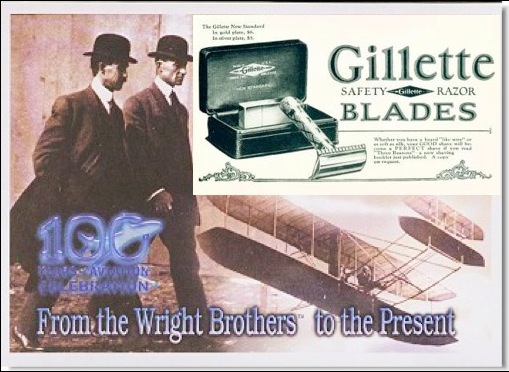From the uprising and liberation of countries in the Middle East to the heart wrenching earthquake / tsunami and nuclear disaster in Japan, the role of social media and mobile technology has become inextricably woven into our daily lives. The tipping point came in mid-2007 when social media really started to take off while at the same time smart phones exploded onto the scene. For marketers, tapping into this new “engaged audience†has been a windfall for some while problematic and baffling for others.
The key is to step back from traditional marketing principles by being helpful, genuine and offering a worthy experience while allowing the consumer to generate the buzz.
Social media’s appeal has stemmed from the fact that it is user-generated content that can be both personal and broad based. When social media was embraced by huge numbers of online individuals and communities it occurred so fast that even today many businesses are still trying to figure out what to do. Those businesses that recognized the true potential of social media quickly understood that by offering worthy content, valuable insight and being accommodating have resulted in creating loyal customer communities.
As we now know, the success of social media platforms such as Facebook and Twitter have fulfilled a need for meaningful connections. And it’s no accident that the popularity of the smart phone and its numerous apps have accelerated this change. People are now connected 24/7 and can do everything from choosing where to eat, to buying books, insurance and music, to playing Angry Birds and just about everything else. It has been an evolutionary process where the best ideas, services, apps and businesses have survived and flourished while those that haven’t measured up have been discarded and largely forgotten.
Users have All the Power
For businesses still trying to figure out how to navigate and succeed in this environment they must accept the fact that first and foremost social media is a ground up medium. Users have all the power.
As Jamie Monberg stated in Fast Company, “today’s consumers are stingier with their brand loyalty than in the past because they can afford to be: they are burdened only by an abundance of choice and knowledge.” To enter this arena wisely is to provide a genuine experience and/or credible content that users will embrace and gladly promote. Being overtly commercial is a sure path to being discredited.
Monberg makes this point exactly. “Today, any brand has a potential army of credible, unpaid spokespeople that are willing to work on its behalf. And this army is the exact same group of people who are willing to work against it.â€















